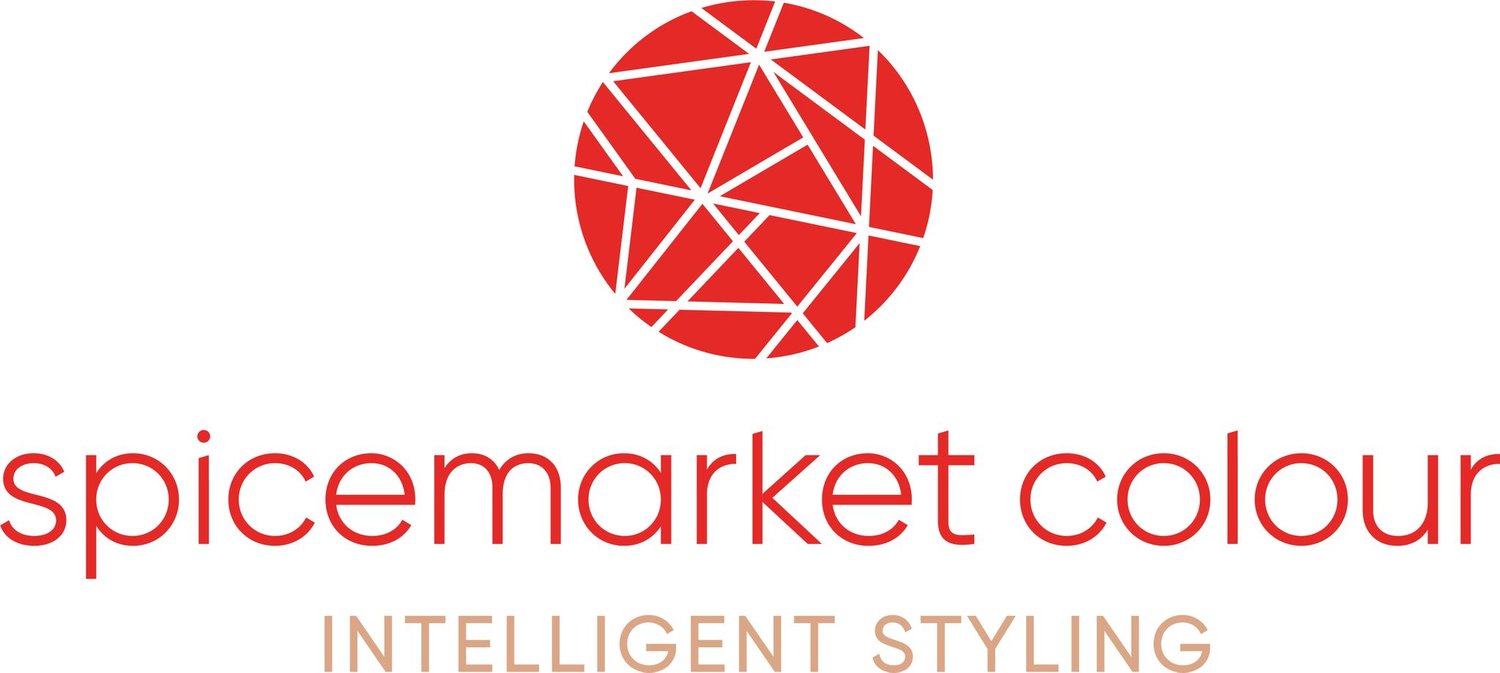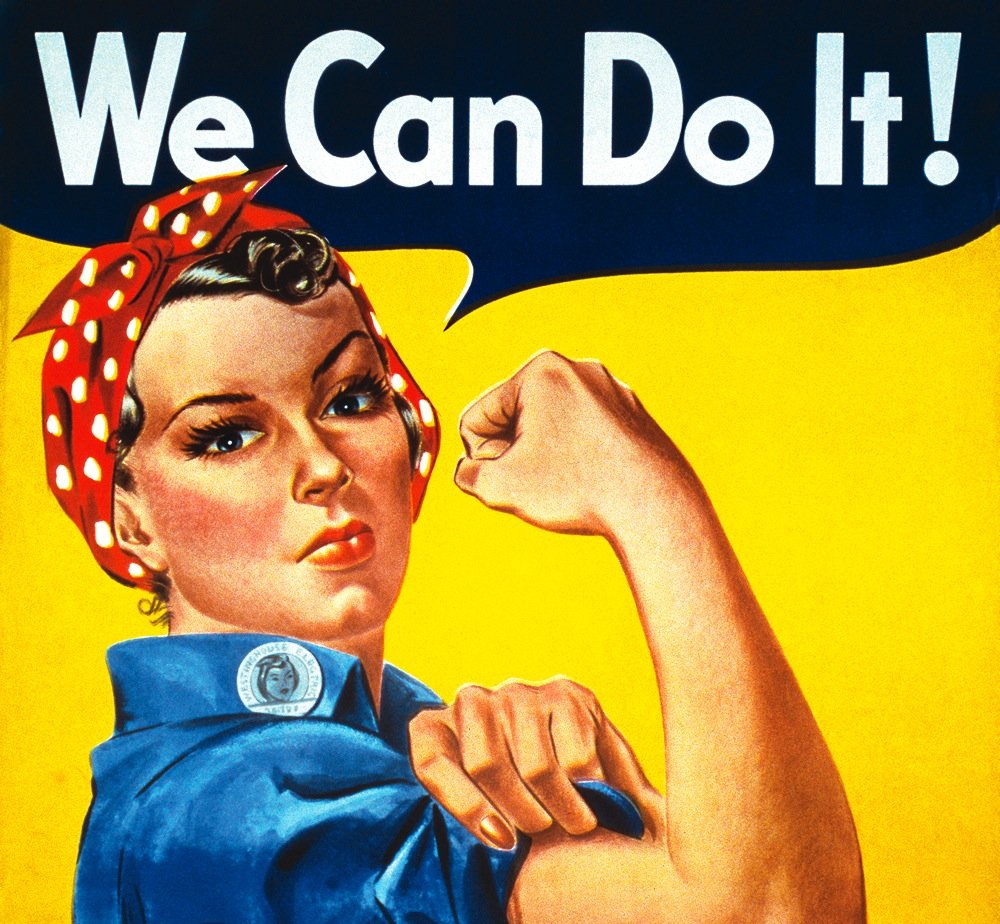The Paradox of Choice
/A lot happened in the year 2000.
We anguished about the Y2K bug, abandoned flannel in favour of velour and went wild for a new show called Survivor.
It was also the year of a famous experiment that came to be known as the Jam Study.
Psychologists Sheena Iyengar and Mark Lepper discovered that when the number of jams for sale was reduced from 24 to 6, consumers were 10 times more likely to make a purchase - and be satisfied with it.
In other words, there is such a thing as too much choice.
And buying clothes is not like buying jam.
There are usually waaaaaay more than 24 choices.
Today I’d like to introduce you to a concept that I hope will offer some food for thought.
The paradox of choice.
In the past, retail cycles were much, much slower.
Some of you may remember the days when the same stuff hung around in store for half the year.
Now it’s not uncommon for brands to acquire new stock every month, every fortnight - sometimes every week.
This has loosened trends and democratised fashion in many ways while making it more complicated in others.
With the advent of internet shopping, growth in quality second-hand, and a more accessible international retail market, the choice available to many of us has exploded.
Think for a moment about the pressure that puts on you as an individual.
That sense of being lost in this retail maelstrom is totally pervasive.
And it’s one of the most powerful instruments leveraged by big business.
Marketing actively and intentionally mixes messages to disorient us.
In this environment of sustained instability we become quite vulnerable - to the advantage of commerce.
Maybe we feel that more and more and more choice is positive.
We can get whatever we want, whenever we want it, right?
Which is fantastic for individual expression.
But only if we actually know what we want AND how to find it.
It’s a lot to ask for many of us.
And as we have seen, when the consumer is confused, they are less likely to be happy.
Which leads to more sales as we wander the retail labyrinth spending our hard earned cash in the hope of finding that elusive satisfying outcome.
Who is really winning here?
One of the most common frustrations is the knowledge the right clothes are out there somewhere.
A whole universe of exactly what are looking for.
If only we knew what we were looking for.
But how do you discover your love for blood orange marmalade when you are being pelted with every flavour of jam under the sun?
It’s a colossal psychological pressure to define and locate what you want in the retail world - whether it’s jam or clothes or a million other things.
This burden is known as the paradox of choice.
And it can be paralysing.
A quick disclaimer:
I acknowledge that the opposite can also be true.
A miserable lack of choice.
If you fall even a little outside narrow sizing standards you’re all to familiar with this nightmare.
As too are those among us who don’t live in major urban centres or are more price sensitive.
And despite being critical in making you look amazing, key components of quality garment manufacture such as tailoring, fabric and fit seem rather less a priority in the wake of fast fashion.
But on the whole, I am trusting that many of you will relate to the key message in this post.
If you’re finding the basics of getting dressed hard work I am going to tell you straight.
It’s not your fault.
I’m sure you already appreciate the scale of purchasing responsibility dumped on you.
After all, you are living it every day.
Everyone has their own arsenal to combat this adversary.
You might just focus on that shop down the road, or Depop, or a few of your favourite brands.
I bet you know people who wear the same kind of thing for years on end to save themselves bother.
Maybe you’re one of them!
Many of us are still searching for answers and guidance, never quite happy with what we wear, always feeling like we have to settle.
Where’s the fun in that?
How we express ourselves through style speaks to something very personal.
Whatever it may be, however you like to look, when we are true to ourselves, something clicks.
Many of us don’t have the time to research options and follow through to see where they lead.
Trust in online shopping is patchy and returning purchases can be tedious.
Our bodies change through life stages, our aesthetic preferences or fashion needs evolve, finances may ebb and flow.
Habits and short cuts we relied on yesterday might not work today.
Challenges in access are prevalent, especially for certain communities or locations.
Aging is condemned rather than celebrated.
Anti-fat bias is very real and very cruel.
People of Colour, people with disabilities, and other minorities don’t receive mainstream visibility and may have difficulty finding themselves represented in fashion or beauty.
Women are faced with a litany of double standards about appearance.
Men are denied breadth of expression.
Honestly, no one is spared.
Trying to make good choices in this environment can be discouraging.
The odds are very deliberately stacked against you.
And to top it off, even after a lot of effort, you may not feel very good about what ends up in your wardrobe.
When shopping becomes too difficult we want to chuck it in and check out.
Wear black all the time, buy whatever is easiest.
Yet somehow instead of making life simpler, we can end up feeling bland.
Or worse - invisible to ourselves.
Because function is different to feeling.
This isn’t about vanity.
It’s about identity.
If you are regularly feeling uncomfortable or dull in your clothes, moving self-consciously through the world, it can be detrimental to your morale.
And you don’t deserve that.
I appreciate this doesn’t apply to the same degree for everyone.
There are folks for whom appearance is a very low priority.
Which is absolutely ok of course!
But I would argue everyone attaches some level of identity with our choices about how we present to the world.
And if you are reading this blog, I expect you are someone with at least a passing interest in fashion or design.
Building a wardrobe that feeds our self-esteem requires complex decision making.
There are so many practical variables, let alone all the sensitive considerations as well.
Everyone has insecurities.
Which makes shopping more than pragmatic.
It’s deeply emotional as well.
And as we have learned with our jam analogy, when a buyer gets lost, satisfying outcomes become really evasive.
Even those who find it useful to know their best natural colours still have plenty of other factors to consider with Every Single Purchase.
The colour may be great but what about the fit, the price, the quality, the returns policy if it all goes south?
If any of this is resonating, take a moment to consider the paradox of choice.
So what can we do about it?
As the shopworn adage goes, a journey of a thousand miles begins with a single step.
Break what feels insurmountable into bite size pieces.
Or tap into your strategic self and approach the process with a project management mindset.
Then pick and choose the tools you find the most supportive.
The goal is to reduce choice in a way that serves you.
Personal Colour Analysis is an excellent place to start.
So is developing a proper understanding of form and how it applies to body shape.
(Give the Kibbe or Body Archetypes systems a shot.)
How about narrowing your focus to become better acquainted with one or two specialist retailers for particular wardrobe needs?
Or investing the time to discover a few interesting brands beyond your standard high street fare?
Find a great tailor.
Learn to sew.
Go Marie Kondo and embrace a capsule wardrobe.
Grow out your natural hair colour - or switch up your usual dye.
Follow some inspiring personalities online who reinterpret fashion, challenge beauty standards, or showcase their identity with strength and pride.
Understand your ethics around consumerism and use that to inform your decisions.
Add one item to your wardrobe that might scare you but also makes you feel amazing - then actually wear it on occasion!
Some of these suggestions may appeal and some may not.
I’m sure you can think of a gazillion others.
But they all have one thing in common.
They invite you to take up a challenge.
Learning something new about yourself and introducing change to your life demands stepping outside your comfort zone.
You are unique and so are your circumstances.
Each one of these tools is customisable and acts like an upgrade in your software.
Keep adding over time and your knowledge bank will expand and interconnect until you have a system adapted for your needs.
You can’t do it all at once and you probably don’t want to.
But every step you take towards alleviating the paradox of choice is going to be constructive.
Don’t stop.
It’s a long game for everyone.
You are doing great.











